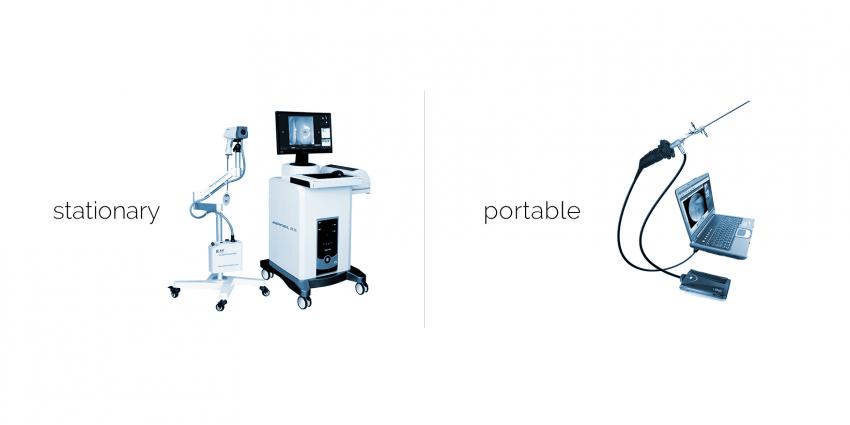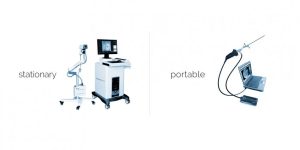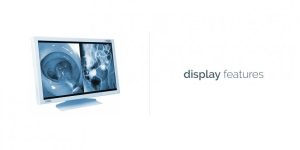
Nowadays, the medical services market is rapidly expanding, and endoscopy, being an important part of it, is no different. Endoscopy has become an integral part of different branches of medicine such as gastroenterology, pulmonology, gynecology, urology, otolaryngology, surgery and others, since it appeared in the middle of the last century. Endoscopic equipment opens wide possibilities for diagnosing various diseases, convenient screening, and effective minimally invasive medical manipulations. Many studies have shown that surgeries performed using endoscopy equipment make an extremely positive therapeutic impact and substantially lower the risk of complications.

Types of modern endoscopes
There are two main categories of endoscopes according to their design features:
- rigid endoscopes which in their turn are subdivided into two large groups: endoscopes proper which are inserted into the body through natural openings and laparoscopes which are inserted through incisions. Rigid endoscopes look like short metal tubes equipped with an illumination source and a magnifying device. Such endoscopes are widely applied in urology, gynecology, otolaryngology, and general surgery. Rigid endoscopes are the oldest type on the market. They are used in the majority of surgical endoscopic applications and enable endoscopists to visualize the surface of organs
- flexible endoscopes can reach the most distal parts of the human body, this way having an extremely important diagnostic value, especially in gastroenterology, pulmonology, and gynecology. There are two main groups of flexible endoscopes – fiber endoscopes and video endoscopes. Fiber endoscopes are simpler in construction and are mostly used as observational devices. Video endoscopes, equipped with a video camera, a wide instrument channel, as well as water and air supply systems, are ideal devices for surgical manipulations in the examined cavity.
To make the right choice, it is important to clearly understand what the device will be used for. It is necessary to determine the manipulation types which are planned to be conducted – diagnostic or therapeutic, as well as body regions meant to be examined.
What to pay attention to when buying?
So, what do you have to pay attention to when buying an endoscope?
- device dimensional and ergonomic features, since the equipment usability directly depends on them;
- device resolution and compatibility with modern endoscopic systems affecting the resulting image quality, and consequently, equipment working efficiency;
- angular field, focus range, and bending angle of the distal end – the features responsible for the direction and field of view;
- instrument channel compatibility with accessories and its diameter;
- cleaning compliance and/or the possibility of full immersion in disinfectants.

The endoscopic equipment manufacturers’ price policy is also worth considering. Publicly funded health care is often quite limited in financial resources, and therefore, preferences should be given to reliable devices from proven manufacturers able to provide adequate extended service maintenance for their products. Private clinics can afford using expensive cutting-edge equipment available on the market if their executive staff is sure in their commercial return.

The endoscopic equipment manufacturers’ price policy is also worth considering. Publicly funded health care is often quite limited in financial resources, and therefore, preferences should be given to reliable devices from proven manufacturers able to provide adequate extended service maintenance for their products. Private clinics can afford using expensive cutting-edge equipment available on the market if their executive staff is sure in their commercial return.

